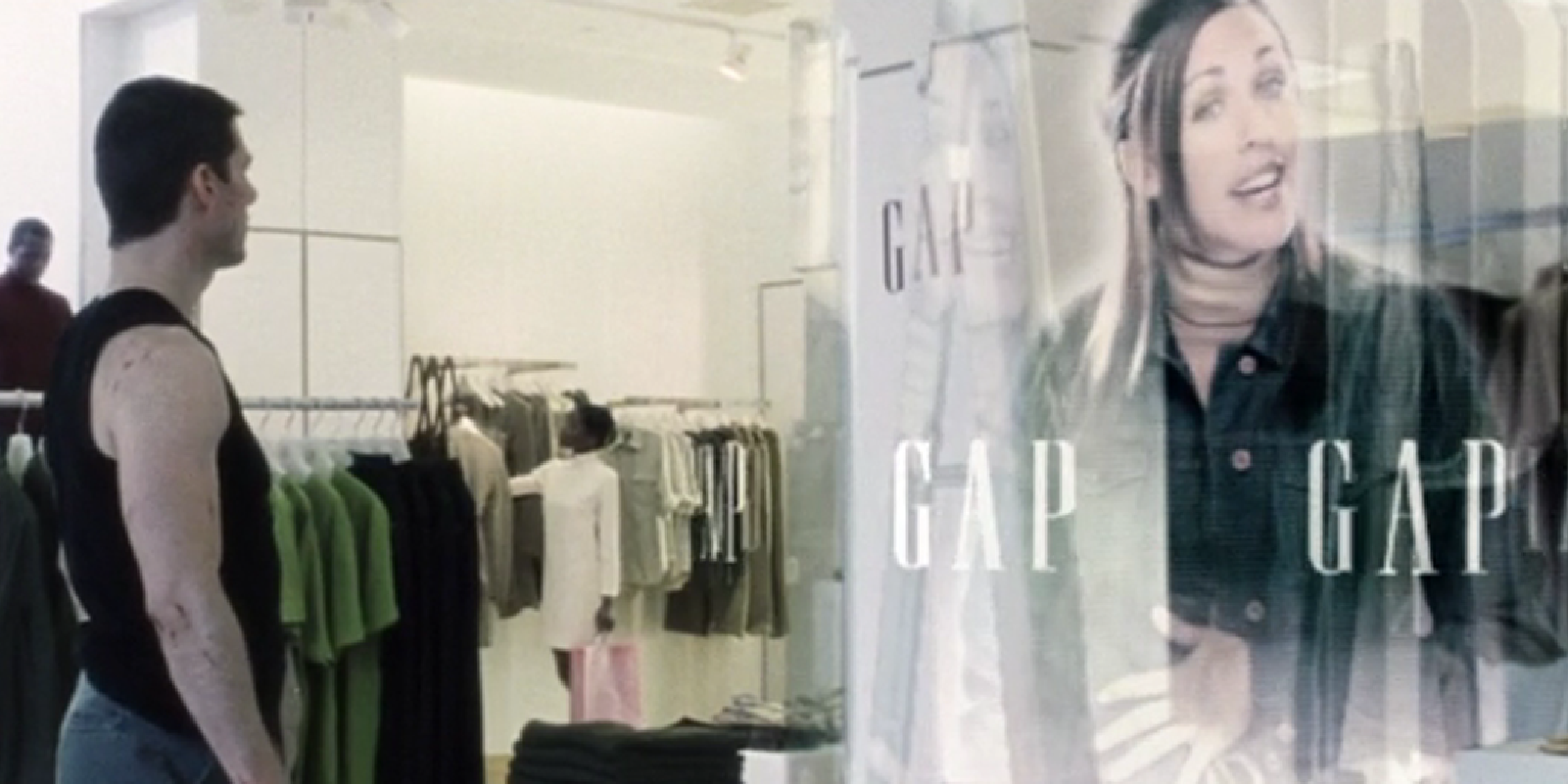
Everybody who uses a computer for a living wants to feel like Tom Cruise in Minority Report, especially this guy. While I can’t predict the future or arrest future murderers, I can illustrate some trends I’m seeing in the way marketers are investing their media dollars and assure you that yes, there will be billboards that know who you are in the future. You can use these trends to inform how you allocate that 2018 marketing budget you haven’t finished yet.
So what can we learn as marketers by looking at what media other marketers are investing in next year? A lot, actually.
In this post I’ll be referencing data from an eMarketer report titled US Total Media Ad Spending, 2008-2021. If you like numbers you can view a spreadsheet of the entire report, including comparative data from other sources, here.
Like I said, this data can tell us a lot about how the media landscape is evolving. For the purpose of this post, I’ve selected four trends to focus on.

Digital is dominating the media landscape, just like Tom Cruise is about to dominate the PreCrime police in this alleyway.
1. In terms of media spending, digital dominates.
2016 was the first year more money was spent on digital advertising ($71.6 billion) than TV advertising ($71.3 billion) in the US. This year, digital’s total spend will increase by 15.9%, while TV’s will only grow by 0.5%. Together, TV and digital make up more than 75% of the $205 billion that will be spent on advertising in 2017. Print, out-of-home, radio, and directories make up the rest.
But what does it all mean? Businesses are increasing their stake in digital because they can execute smarter, more efficient campaigns that they can hold accountable through data and analytics. As our economy grows, total media spending will too. But, digital is expected to grow faster than any other medium. Digital itself is a sea of technology where advertising platforms come and go, and the “best way to do things” is constantly changing. Which brings me to my next point.

Just like Tom Cruise on this car/elevator, search and display advertising are rising to the top.
2. When we say digital, you say search and display. Digital. Search and display. Digital. Search and display.
Search ($36.69 billion) and display advertising ($41.74 billion) will make up 94% of the digital ad spend in 2017. In 2018, spending in search and display are expected to grow at a rate of 14.9% and 11.6% respectively, outpacing all other digital categories.
This year, Google is expected to claim 78.8% of search advertising’s revenue, about $28.9 billion. Google will claim another $6.1 billion in the display advertising category. At $35 billion in ad revenue, Google is by far the largest digital media company out there.
In 2017, Facebook will claim more than 41.6% of display advertising’s revenue, followed by Google at 14.6%. At $17.4 billion in annual ad revenue, Facebook is the most popular platform for display advertising by far. This makes sense, considering Facebook is the most-used app in the US.
Facebook and Google don’t really compete with each other either. Both platforms bring something unique to the table, and campaigns are usually better off utilizing both rather than one or the other. Search and display are where you want to invest your digital advertising budget, and within those categories, Google and Facebook offer the most reach and the best tools. If your company is not running ads on Facebook and Google, you’re already behind the curve. It’s time to consider allocating a portion of your marketing budget to testing one or both of these channels.

While modern OOH ads don’t greet you by name, they can user your face to measure and record basic demographics and emotions.
3. Print is still dying, radio is becoming less relevant, and out-of-home shines bright as the second-fastest growing medium.
TV is growing, but slowly at about 0.5% YOY. Out-of-home (billboards, posters, etc) is expected to grow at a rate of 1-2% YOY for the next four years, which I feel is a very conservative estimate. Still, OOH is the second fastest-growing medium out there. While print and radio will continue to struggle keeping up with the digital world (publications and radio stations will go 100% digital eventually), the OOH format is well-suited for innovation. As LED screens become cheaper, billboard companies will stop printing panels and instead move toward a more flexible, effective, and engaging digital format. Many data analytics companies are working on ways to track user engagement with OOH ads. Everything from facial structure to eye movement can attach digital-age analytics to what is traditionally an analytics-free format.
One such company is eyeQ, an Austin-based analytics company that has developed a super-cool piece of tech for point-of-sale displays. Consider this: Crayola sends a cardboard POS display along with its products to the retailers they partner with. On this cardboard display is a peel-and-stick, battery-operated camera that can capture shoppers’ age, gender, emotions, and more. Once the analytics period is over, the camera is dropped in the mail and processed by EyeQ. Marketers, like Crayola, can combine this data with supply chain data, POS data, or focus-group data to paint a more clear picture of their customer. The best part? It’s $75/camera. What a world we live in.

You don’t need precogs to predict that SnapAds will be the next big thing in social media marketing.
4. Snapchat is the next big thing in self-service, user-based advertising.
We just got access to the SnapAds self-service platform and boy am I excited. But first let’s talk about social media advertising as a whole.
Social media advertising (which is considered a part of the digital display category) will claim 26% of all digital ad revenue in 2017, and will make up 58% of digital advertising’s growth in 2018. Self-service platforms are the keystone technology stimulating all this growth. This year, Facebook will claim a staggering 82.2% of social media’s ad revenue and almost all of it is being generated through Facebook’s Ad Manager. Facebook has continually invested in this self-service platform over the years, giving advertisers new, advanced tools and new ad formats periodically. This Summer, Snapchat launched their self-service platform, called SnapAds, which allows anybody to set up and run vertical video campaigns on their platform. Complete with advanced targeting tools such as lookalike audiences and behavioral targeting, Snapchat is expected to pass LinkedIn and Twitter in market share by 2019, becoming the second largest (in terms of revenue) social media advertising platform in the US. This is another estimate that I feel is conservative, because we have no way of knowing what new features or ad formats Snapchat will leverage to drive more marketers to SnapAds. Get your Snapchat stock while it’s cheap, people.
There it is, the four most important things to observe as we follow the money around the media landscape. If you’re interested in investing more in search and/or display or learning about how you can use social ads to influence foreign elections, please reach out to me at jake@cool-saha.132-148-76-62.plesk.page.
